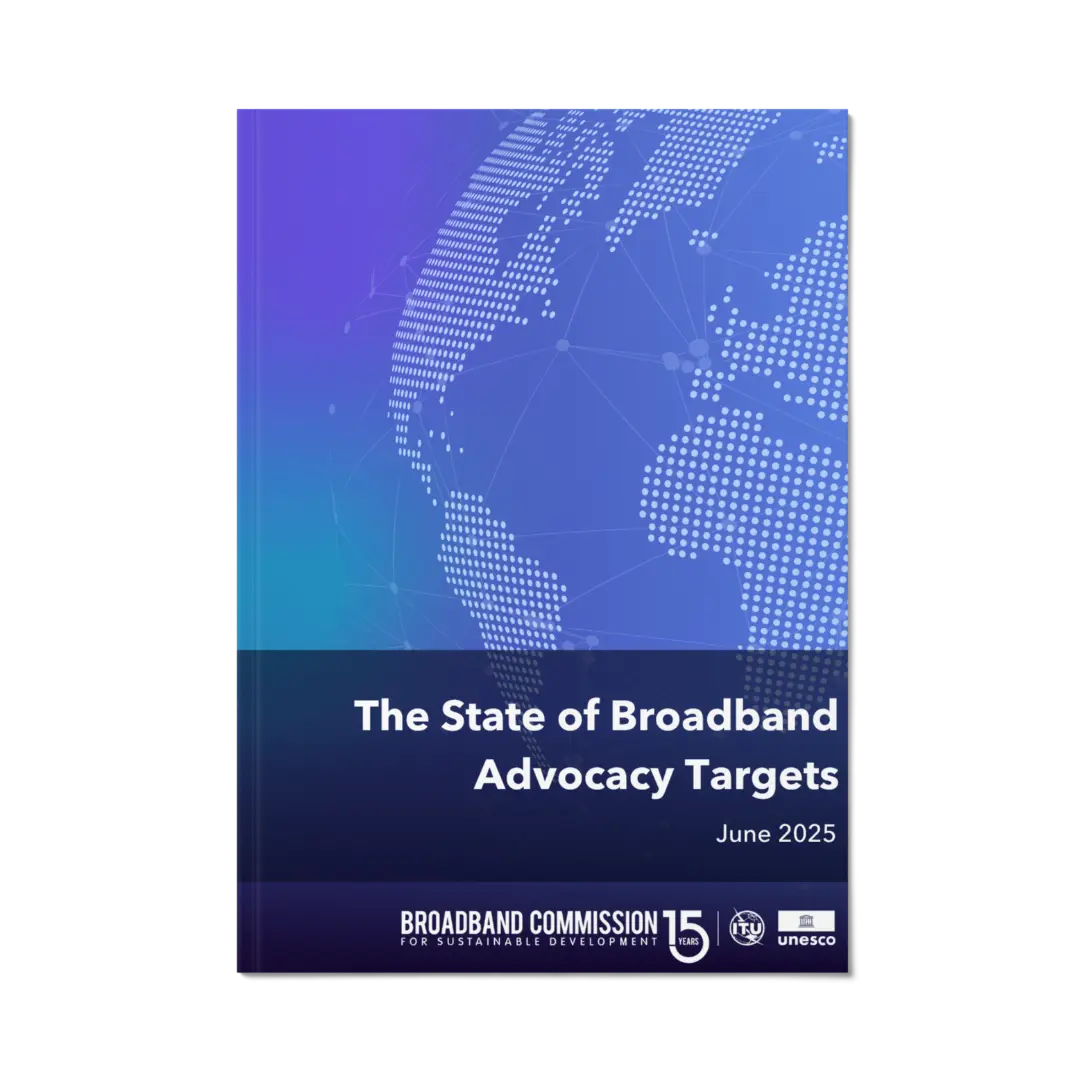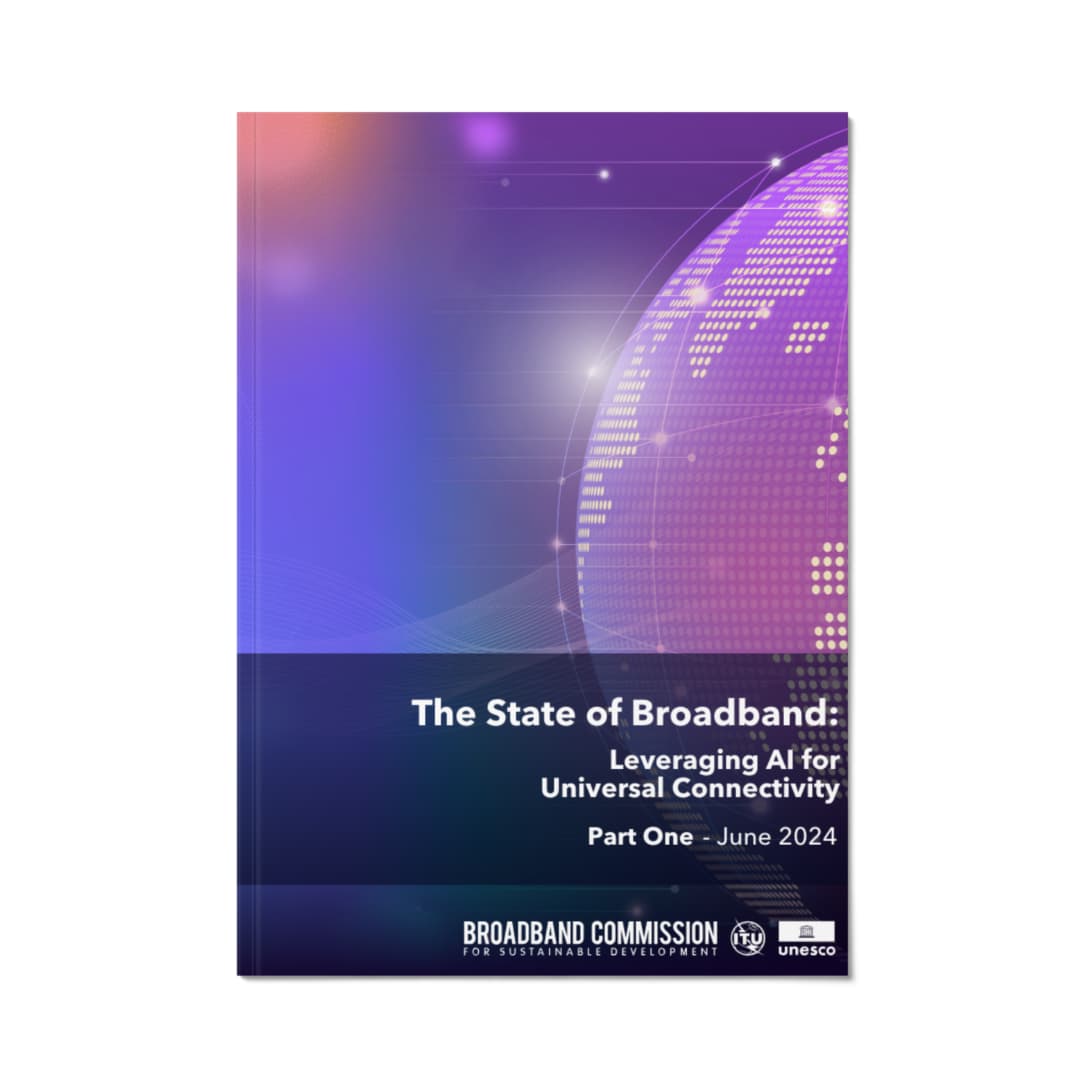Publications
Featured Research and Reports

The Promise of Digital Health: Addressing Non-communicable Diseases to Accelerate Universal Health Coverage in LMICs
Digital technology is revolutionizing healthcare delivery. Worldwide, digital tools are leading to better and faster healthcare – healthcare that is more empowering and accessible for patients, more efficient for providers and more cost-effective for health systems. Additional resources Executive Summary – English Executive Summary – Spanish Executive Summary – French

Epidemic Preparedness: Preventing the Spread of Epidemics Using ICT
ICT has also actively joined such efforts. Explosive growth in mobile broadband penetration in the last decade has been contributing to resolving universal challenges of mankind (poverty, famine, disease, etc.) through mobile services, and big data analysis based on data science is drawing increasing attention as a key ICT solution

Digital Entrepreneurship Report
The digital revolution has changed everything. But it has changed few things more than it has changed the way the world does business.

Bridging the Gender Gap in Internet and Broadband Access and Use: Progress Report 2018
In March 2017, the Broadband Commission’s Working Group on the Digital Gender Divide, co-chaired by the GSMA and UNESCO, launched a report that outlines a set of recommendations for action that stakeholders can take to address the gender gap in Internet access and use. In response to that publication, we
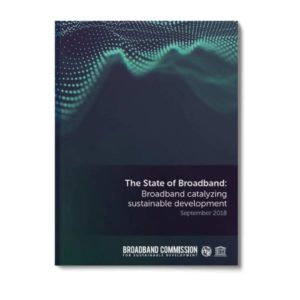
The State of Broadband 2018: Broadband Catalyzing Sustainable Development
The State of Broadband 2018: Broadband for Catalyzing Sustainable Development report was released on 11 September 2018 during the ITU Telecom event in Durban, South Africa. The State of Broadband annual report is a unique global snapshot of broadband network access and affordability, with country-by-country data measuring broadband access against new advocacy targets set by
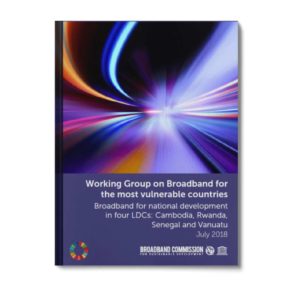
Broadband for National Development in Four LDCs: Cambodia, Rwanda, Senegal and Vanuatu
Broadband Internet offers significant benefits for Least Developed Countries (LDCs). It is a transformational tool that can help these countries overcome vulnerabilities, grow their economies and enhance the livelihoods of their citizens. This report reviews experiences of leveraging broadband infrastructure for development in four LDCs: Cambodia, Rwanda, Senegal and Vanuatu.
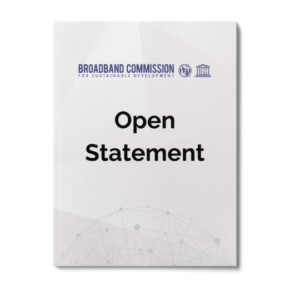
Broadband Connectivity for Refugees
The UN Broadband Commission for Sustainable Development addresses this Open Statement to the Formal Consultation on the Global Compact on Refugees on the importance of broadband connectivity for refugees. We, the UN Broadband Commission for Sustainable Development , affirm our sincere conviction and belief in the vital role of broadband
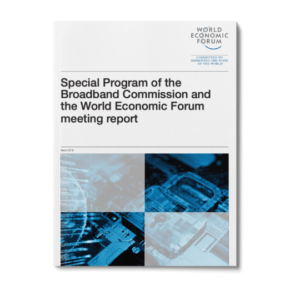
Special Program of the Broadband Commission and the World Economic Forum Meeting Report
The primary function of connectivity is to improve people’s lives. This is the primary purpose of the Internet for All project, which catalyses and facilitates broader multi stakeholder cooperation on internet inclusion both at global and country level. At the global level, Internet for All and the Broadband Commission support
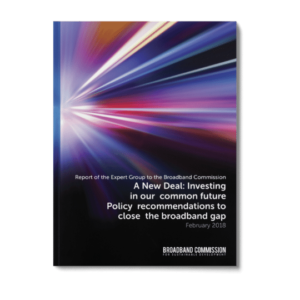
A New Deal: Investing in Our Common Future, Expert Group Report 2018
A New Deal: Investing in Our Common Future Policy Recommendations to Close the Broadband Gap Report of the Expert Group to the Broadband Commission Under current trends, over 2 billion people will still not be connected to the internet by 2020. The Expert Group of the Broadband Commission provides the
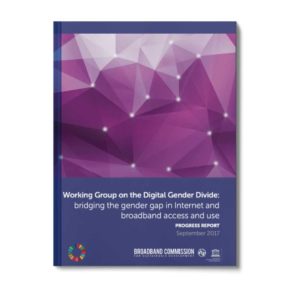
Bridging the Gender Gap in Internet and Broadband Access and Use: Progress Report 2017
In March 2017, the Broadband Commission for Sustainable Development’s Working Group on the Digital Gender Divide, co-chaired by the GSMA and UNESCO, launched a report that outlines a set of recommendations for action that stakeholders can take to address the gender gap in Internet access and use. The report also

